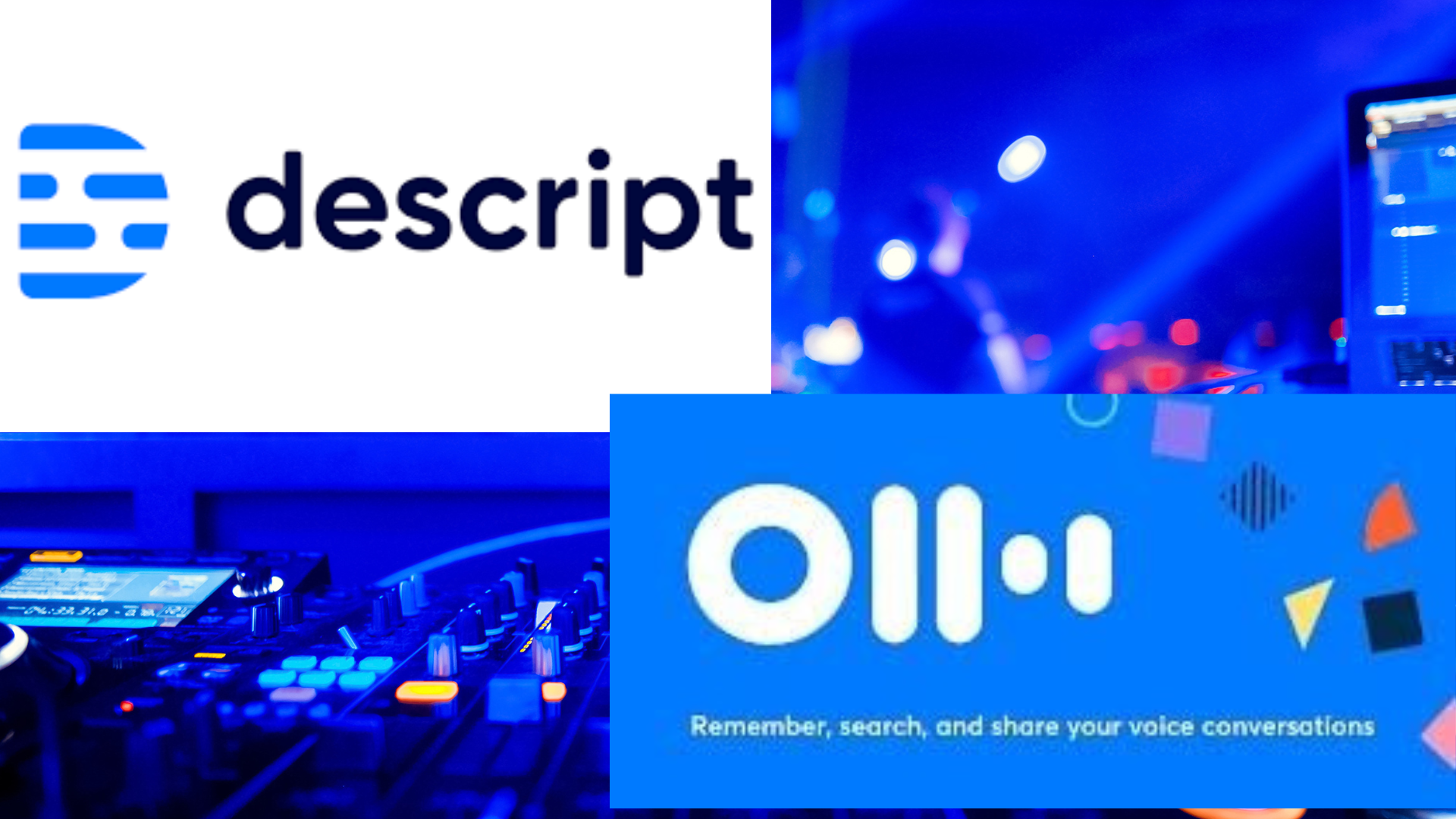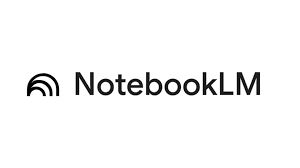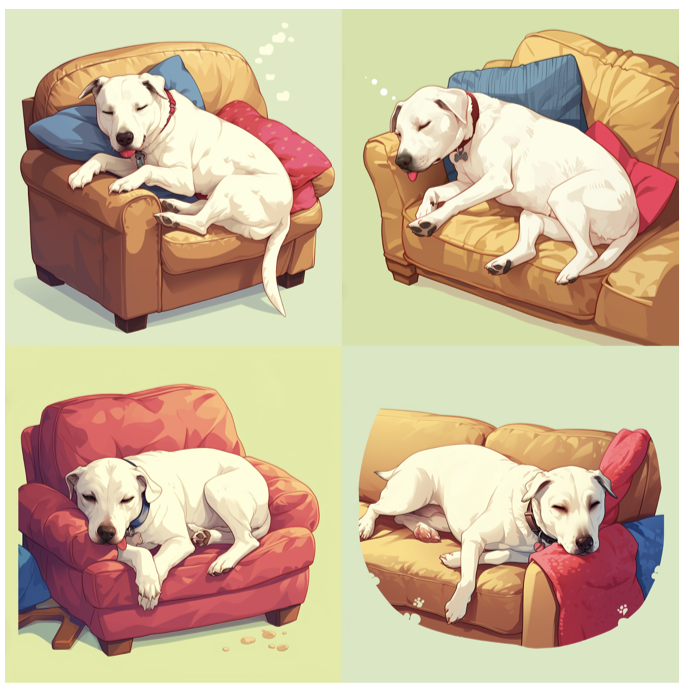AMT Lab has been using Descript and Otter.ai for many years. Both have matured and created unique value propositions for creators, artists, and arts organizations. The following offers a summary of the tools and uses from a podcasting point of view. However, they have other valuable business uses that are easy to see. Selecting the best tool for your use will be dependent on budget and intended projects.
Musicians, Meet Suno & Udio
As Suno and Udio emerge as the front-runners for AI-powered music generation, learn more about which tool is right for you. This comparative review explores the differentiating factors of the tools and how they are being utilized by professional musicians, while acknowledging the existing controversy surrounding their use.
Co-Intelligence Offers a Model for Integrating GenAI Into Your Work
Co-Intelligence: Living and Working with Artificial Intelligence by Ethan Mollick, offers a balance of playfulness, thoughtful analysis, and clarifying frameworks for working with artificial intelligence. In this book review, Dr. Brett Ashley Crawford shares a summary of what you will find in the text and a list to grow your bookshelf to better understand the opportunities and costs of Generative AI as it infiltrates our devices, work, and life
NotebookLM: A Reliable Knowledge Partner
Artificial intelligence is making headlines every day, but how can we, as cultural workers, use AI ethically and effectively in our jobs? While large LLMs like OpenAI offer workers AI assistance, they come with a significant impact on the environment, hallucinations, bias, and ethical concerns regarding copyright. Smaller LLM tools solve some of these issues. The following review analyzes NotebookLM, a Google experiment, that i particularly useful tool for researchers, students, and other knowledge workers engaged in complex information.
A Midjourney Review: Utilizing Generative A.I. for Visual Storytelling
Many have likely browsed the internet long enough to have been fooled by an AI-generated image or two at some point. Text-to-image models like DALL·E , Midjourney, and Stable Diffusion have advanced enough that most people only have about a 50%-60% chance of discerning if an image is AI generated, and the odds aren’t improving - but are these models good enough to forego using human artists altogether? This article provides a comparative review of the various offerings of Midjourney.
Generative Artificial Intelligence with Getty's New Tool
Getty Images has become the newest company to join the AI Image Generator bandwagon, creating their own that is trained using NVIDIA's Picasso. NVIDIA is a machine learning model that was created with the intention of using solely images that are property of Getty Images, which makes this Image Generator unique from the rest. This review compares the other competitors for generative AI with Getty’s new tool.
What Can We Expect From Non-Player Characters (NPCs) in Gaming?
Traditionally, games’ non-player characters (NPCs) were essentially scripted entities characterized by predetermined actions and restricted interaction capabilities. Nevertheless, the evolution of artificial intelligence (AI) technology has injected vitality into these characters, rendering them significantly more dynamic and convincing in their behavior.
Nightshade: A defensive tool for artists against AI Art Generators
Computer science professor at the University of Chicago, Ben Zhao, created Nightshade, a tool to help defend artists from copyright infringement from GenAI companies that are scanninging their existing artwork. Clever in name, the tool has been purposely named Nightshade for its poisonous origins, a plant that was historically used to poison kings and emperors. Zhao’s digital Nightshade offers a future for artists to reclaim the ownership of their work from the artificial intelligence programs who use them.
Can AI Write a Screenplay? A Review of 3 Programs
An Experiment in Generative AI: Craiyon (Formerly Dall-e Mini)
Dall-e mini, recently renamed Craiyon due to its resemblance to the unrelated Dall-e created by OpenAI, became an internet phenomenon in recent months for its image generation. For those unaware of the technology, users can type a hyper-specific prompt into the image generator, and the AI generates something similar to the image terms.














